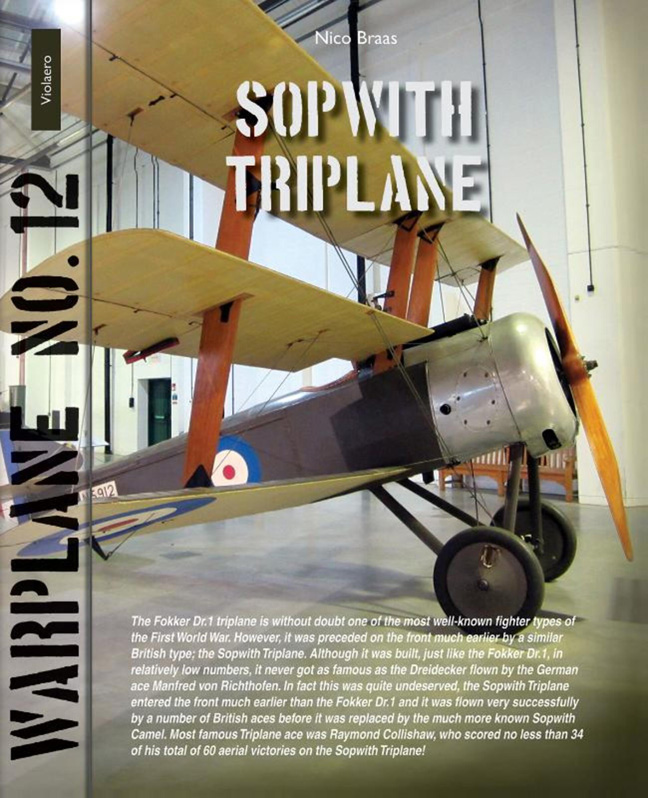Summary
The Fokker Dr.1 triplane is without doubt one of the most well-known fighter types of the First World War. However, it was preceded on the front much earlier by a similar British type; the Sopwith Triplane. Although it was built, just like the Fokker Dr.1, in relatively low numbers, it never got as famous as the Dreidecker flown by the German ace Manfred von Richthofen. In fact this was quite undeserved; the Sopwith Triplane entered the front much earlier than the Fokker Dr.1 and it was flown very successfully by a number of British aces before it was replaced by the much more known Sopwith Camel. Most famous Triplane ace was Raymond Collishaw, who scored no less than 34 of his total of 60 aerial victories on the Sopwith Triplane!
RISE AND FALL OF THE SOPWITH AIRCRAFT COMPANY LTD. AT KINGSTON-UPON-THAMES
T.O.M. Sopwith (Thomas) was born in Kensington, London on 18 January 1888. His father was a civil engineer who died when Thomas Sopwith still was a child. He followed a technical education and soon became very interested in aviation. He taught himself to fly, making his first solo flight on 22 October 1910. Although his first flight was very short and ended in a crash, he did not give up and he soon gained his flying certificate. On 18 December 1910, Sopwith won a £4000 prize for the longest flight from England to the Continent in a British-built aeroplane, flying 169 miles (272 km) in 3 hours 40 minutes. He used the winnings to set up the Sopwith School of Flying at Brooklands. In 1912 he set up, together with Fred Sirgist, a company for the design and construction of aircraft as the Sopwith Aviation Company Ltd..
The new company had a difficult start, but with the outbreak of the First World War in 1914 business was soon booming thanks to a number of highly successful military aircraft. Best known are the 1½-Strutter, the Pup, Triplane and last but not least the Camel. When the war ended, things changed dramatically with an enormous decline in aircraft needed. The company had earned enough money to survive this period, but shortly after the war the government charged punitive and excessive so-called anti-profiteering taxes. The company was forced to dissolve itself in 1920. However, a fresh restart was made with new capital.
- Type
- Chapter
- Information
- Sopwith Triplane , pp. 7 - 44Publisher: Amsterdam University PressPrint publication year: 2023

